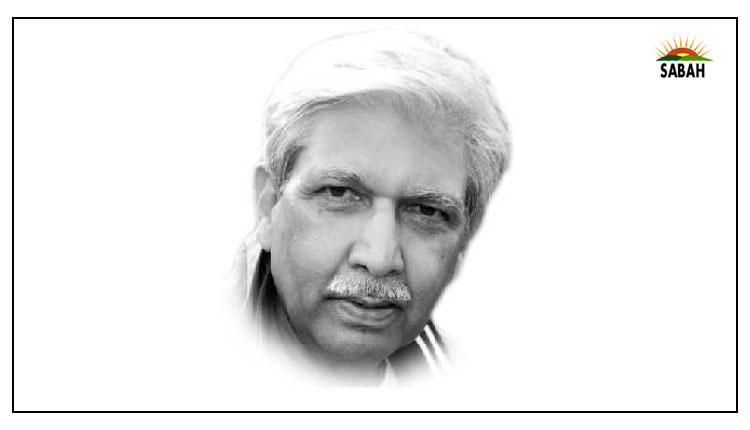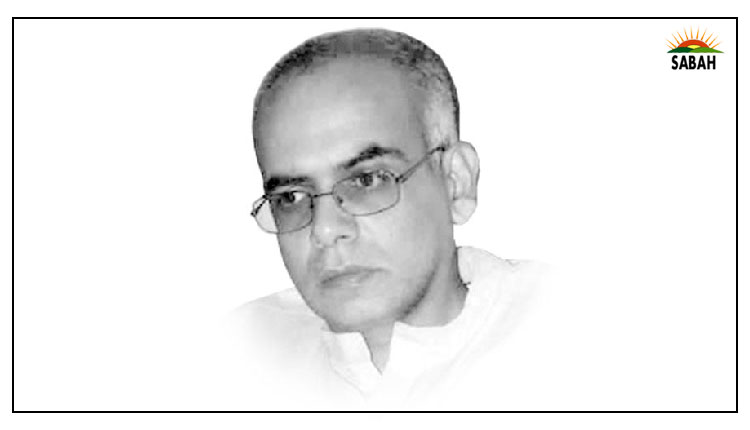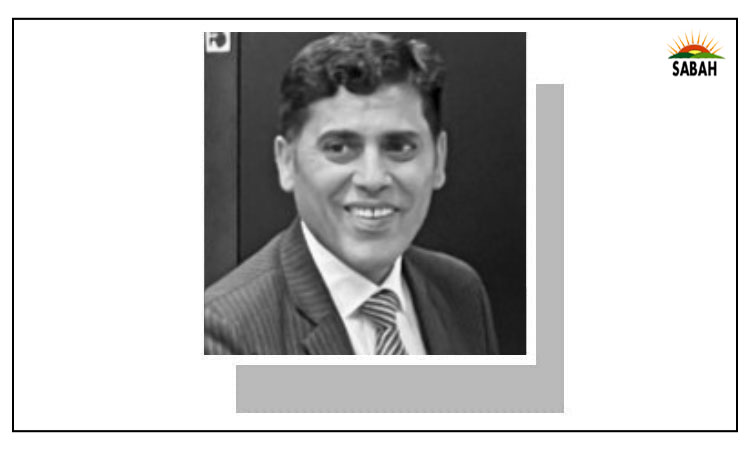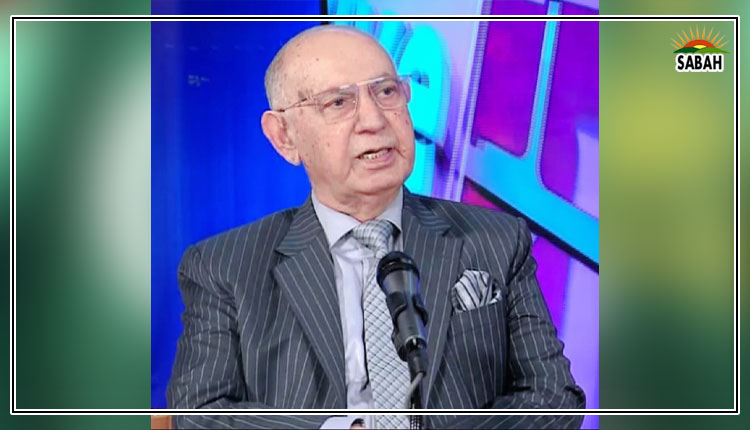Telco to tech: the shift in education’…Dr Ayesha Razzaque
A generation ago, Matric students going into higher secondary school (FA/FSc) were faced with a simple and stark choice: take up the pre-medical track in the hopes of being admitted to an MBBS (or BDS) programme or take up the pre-engineering track in the hopes of being admitted to an engineering programme or take the ISSB test to join the armed forces of Pakistan.
High school graduates who successfully joined a medical college, engineering university, or the armed forces were seen as being on a sure track to join the middle / upper-middle class. Those unsuccessful at all three would do something else and their prospects were considered unknown before they achieved some level of career success.
For as long as I can remember, among engineering disciplines, electrical engineering has been the top choice. An electrical engineering programme was (still is) versatile and can open doors in a wide variety of sectors. A university engineering seat, electrical engineering especially, going unfilled was rare, unheard of.
In the mid-90s, two and three-year computer science bachelor’s programmes began mushrooming across Pakistan. This was possible because there was effectively little to no oversight of these programmes, unlike engineering programmes, which are subject to oversight by the Pakistan Engineering Council (PEC), and medical programmes, which are subject to oversight by the Pakistan Medical and Dental Council (PMDC). For many years after computer science education reached Pakistans shores, these programmes could operate with little interference and oversight. It would be a decade before the National Computing Education Accreditation Council (NCEAC) would be established in 2005 to perform a similar function for computing programmes.
The excitement of the global internet and dot-com boom of the late 90s and the domestic embryonic technology startup ecosystem in Pakistan made computer science an attractive alternative for tens of thousands of high-school graduates who did not or could not get into the hypercompetitive medical and engineering programmes.
In 2000, just as the dot-com bubble of the previous decade was bursting in the US, Pakistan introduced the Calling Party Pays (CPP) policy in the cellular mobile telephony sector. The CPP policy had the effect of multiplying the number of cellphone service subscribers in the country year after year.
Shortly thereafter, in July 2003, this was followed by the broader de-regulation policy of the countrys telecom sector. The telecom sector de-regulation brought new investment and new companies into the sector. This turbocharged the demand for electrical engineers and many institutions that could meet the regulatory and accreditation requirements of an engineering programme, and even some who could not, began launching electrical and overly specialized telecom engineering programmes.
The Pakistani telco boom lasted for a little longer than a decade. By the early 2010s, several waves of telco engineers had gained experience working for Pakistani cell service providers and many had moved on to employers abroad. Career progression within companies had slowed, entry-level openings were few, subscriber count was asymptotic and competition between service providers was fierce. The introduction of 3G and 4G/LTE services gave the industry another jolt but slowed after that. The following years saw consolidation in the sector with exits and acquisitions continuing to this day.
Meanwhile, over the same period, the tech start-up sector had been growing and maturing with more startups launching every month, creating opportunities for capable computer scientists but also for the many electrical engineers willing to jump the fence.
If you keep an eye out on emerging technology trends, you will know that there have been many new technologies that have come out of computer science in the last 10-15 years (for example, smartphone services and app development, cloud computing, data science, artificial intelligence, self-driving cars and cybersecurity). Globally, electrical engineering has not been standing still either with advances in battery technology, Internet-of-Things, electric vehicles, drone technology, robotics, smart grids, and renewable energy.
While the former account for a significant part of Pakistans technology sector, the share of opportunities of the latter is minuscule by comparison between computer science and electrical engineering, the scale of opportunities is heavily tilted in favour of computer science.
Over the last few weeks, I have learned that one of the oldest and once most competitive engineering programmes has been struggling to attract applicants. Another more recently established but highly sought-after public university with a large portfolio of engineering programmes foresees it will be able to fill all its seats for this fall but has seen a massive drop in applications to all engineering programmes except ones that are adjacent to computer science, like software engineering and computer engineering.
Furthermore, some universities in tier-2 and tier-3 cities are receiving large numbers of applications for computer science programmes but are seeing a large fraction of seats in engineering programs go unfilled.
Engineering, once the hottest ticket in technical education, has been overtaken by computer science and more specialized programmes in artificial intelligence and data science and could likely become a longer trend unless there are changes in our economy. Most engineering jobs require an active industrial manufacturing base.
The severe energy shortage in the early 2010s followed by an exorbitant rise in energy costs forced some Pakistani-owned industries, particularly in the textile sector, to close and, in many cases, move to regional neighbours like Bangladesh and Vietnam. The technology trends in electrical engineering that I listed above have had very little impact on Pakistani employment opportunities besides the odd employer here or there.
A 2023 report by the Pakistan Institute of Development Economics (PIDE) titled Disaggregating the graduate unemployment in Pakistan reported that the average unemployment rate of graduates in Pakistan rose slightly from 14.9 per cent in 2018-19 to 16.1 per cent in 2020-21. However, for engineering graduates, the same figure more than doubled from 11.2 to 23.5 per cent over the same period. For medical graduates, it rose from 6.4 to 10.8 per cent.
In conclusion, the evolving landscape of technical education in Pakistan underscores the urgent need for a reassessment of our academic priorities and industrial strategies. While computer science and related fields have surged ahead and offer abundant opportunities and align with global technological trends, traditional engineering disciplines, particularly electrical engineering, face dwindling interest and uncertain prospects.
As highlighted in PIDEs report, the stark rise in unemployment rates among engineering and medical graduates, who make up a tiny fraction of the college-aged population, is a clear indicator of the unfolding de-industrialization and the mismatch between educational outputs and market needs.
To address this, policymakers, educational institutions, and industry stakeholders must collaboratively foster an environment that balances the development of emerging technological skills with the revitalization of our industrial base. By doing so, Pakistan can not only bridge the gap between education and employment but also pave the way for sustainable economic growth and innovation.
Courtesy The News












